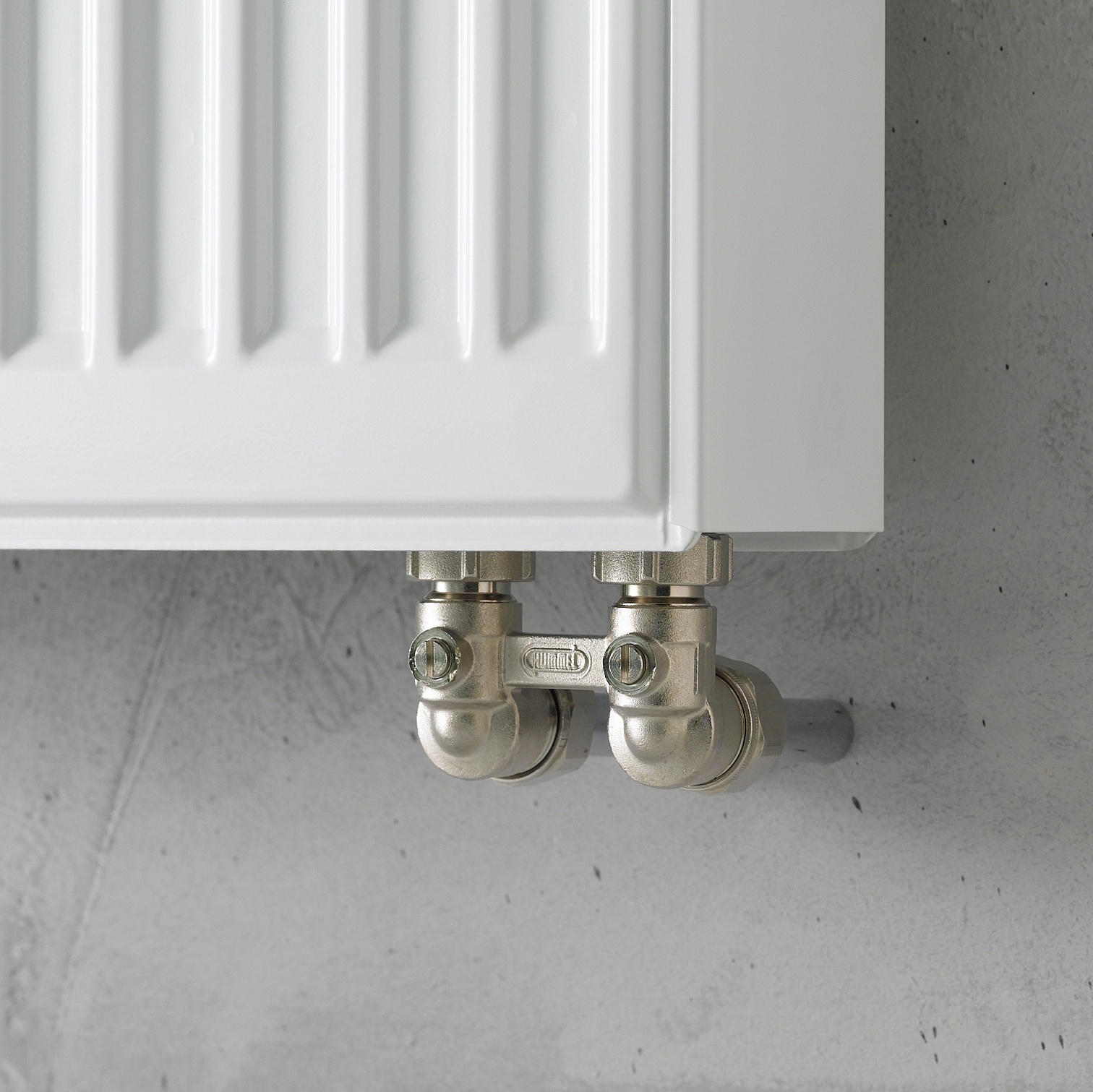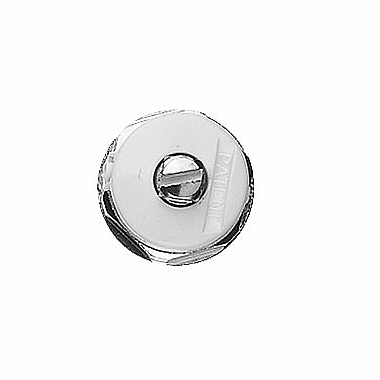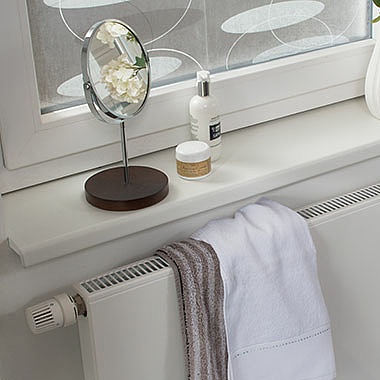FAQs
Frequently asked questions

Frequently asked questions
Preliminary notes
Here you can find answers to frequently asked questions. We consistently strive to give you access to all the information available on our products.
However, please understand that it is not possible to answer any technical questions about your heating system. To give you these answers, it is essential to perform an analysis of the problem on site. In such cases, please contact a qualified specialist installer.





































